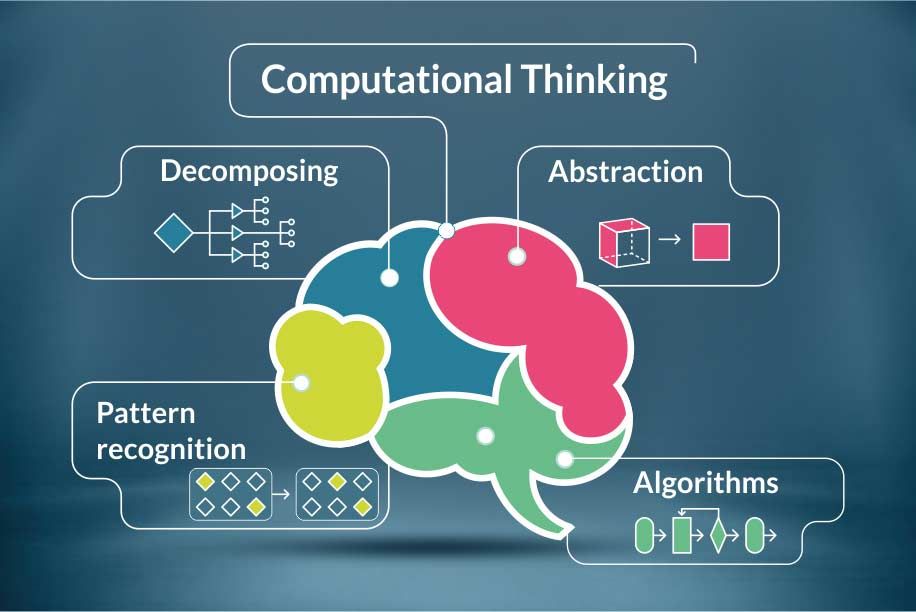@Tabassumlaghari
Hi dear,
Computational thinking in math problems on a worksheet or in a textbook or implementing math problem solving in real life, students are already using computational thinking to solve math equations, often without recognizing it. Solving math problems, especially word problems, requires children to use computational thinking to identify the problem, break it down into steps then apply mathematical operations to find a solution.
In science experiment, scientific method requires a series of steps—formulating a hypothesis, designing an experiment, collecting data and drawing conclusions. What students might not realize is that the scientific process is an example of computational thinking in real life.
Students also use computational thinking in writing, whether creative writing for fun or academic writing for class. Storytelling, for example, requires a child to organize ideas, structure narratives, and think critically about cause-and-effect relationships. Academic writing includes similar organization and structuring as well as critical thinking.
In drawing or painting, a student will plan designs and layouts for their creations. They’ll make decisions related to colors and shapes, as well as problem-solving as their design continues to progress. All these steps are part of the computational thinking process.
Hopefully this may helpful for you.
Have a good time.
"Shaping young minds and empowering girls to become emotionally and financially independent".


 ..You shared very informative content. What are the other strategies can we use in our classroom, when we have no much resources in our schools?
..You shared very informative content. What are the other strategies can we use in our classroom, when we have no much resources in our schools?
 Computational thinking is a problem-solving process involving skills like decomposition, pattern recognition, abstraction, algorithm design, and evaluation. Originally rooted in computer science, it applies to various fields by providing a structured approach to solving complex problems. In education, it enhances critical thinking and problem-solving skills, while in everyday life and business, it aids in decision-making and process optimization. For bullying prevention, computational thinking can help design algorithms to detect and address harmful behavior, contributing to safer environments.
Computational thinking is a problem-solving process involving skills like decomposition, pattern recognition, abstraction, algorithm design, and evaluation. Originally rooted in computer science, it applies to various fields by providing a structured approach to solving complex problems. In education, it enhances critical thinking and problem-solving skills, while in everyday life and business, it aids in decision-making and process optimization. For bullying prevention, computational thinking can help design algorithms to detect and address harmful behavior, contributing to safer environments. Dear Samreen. It is good to grow together using this forum.
Dear Samreen. It is good to grow together using this forum.